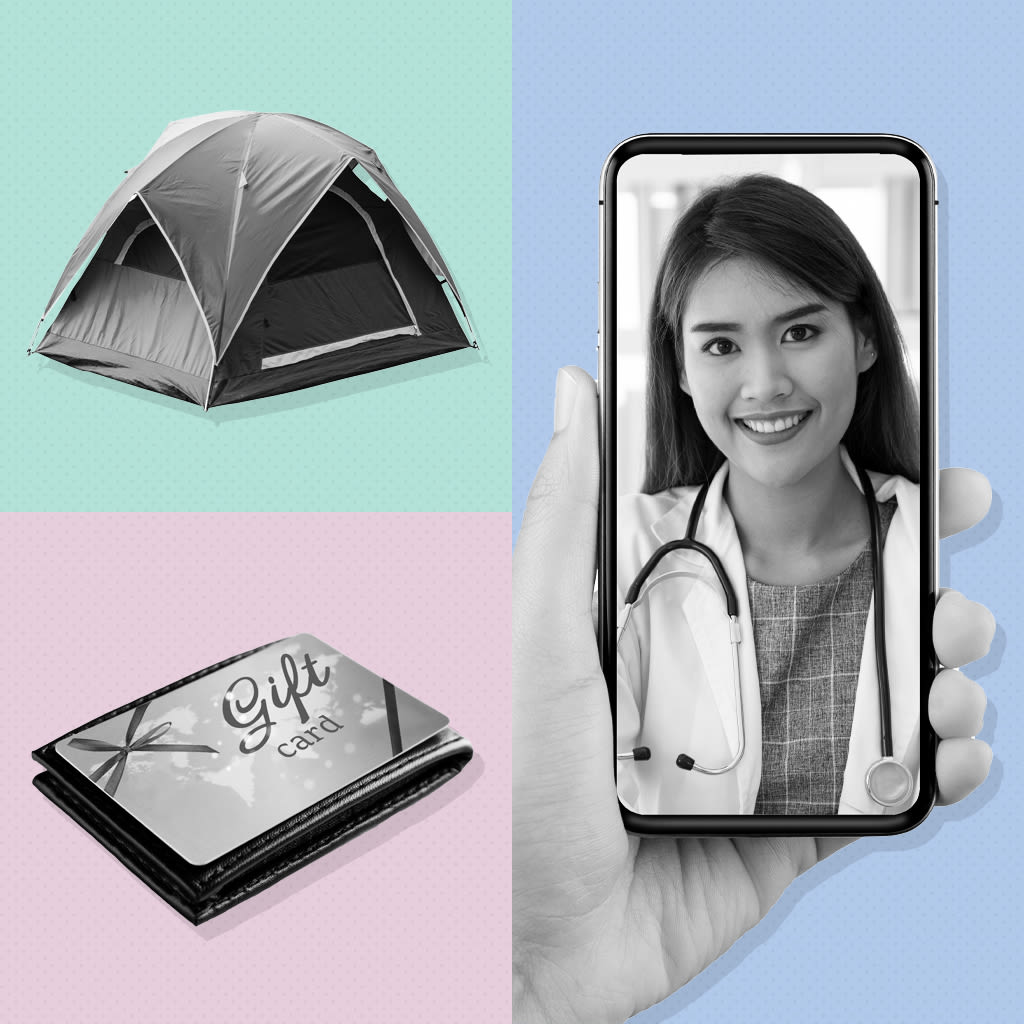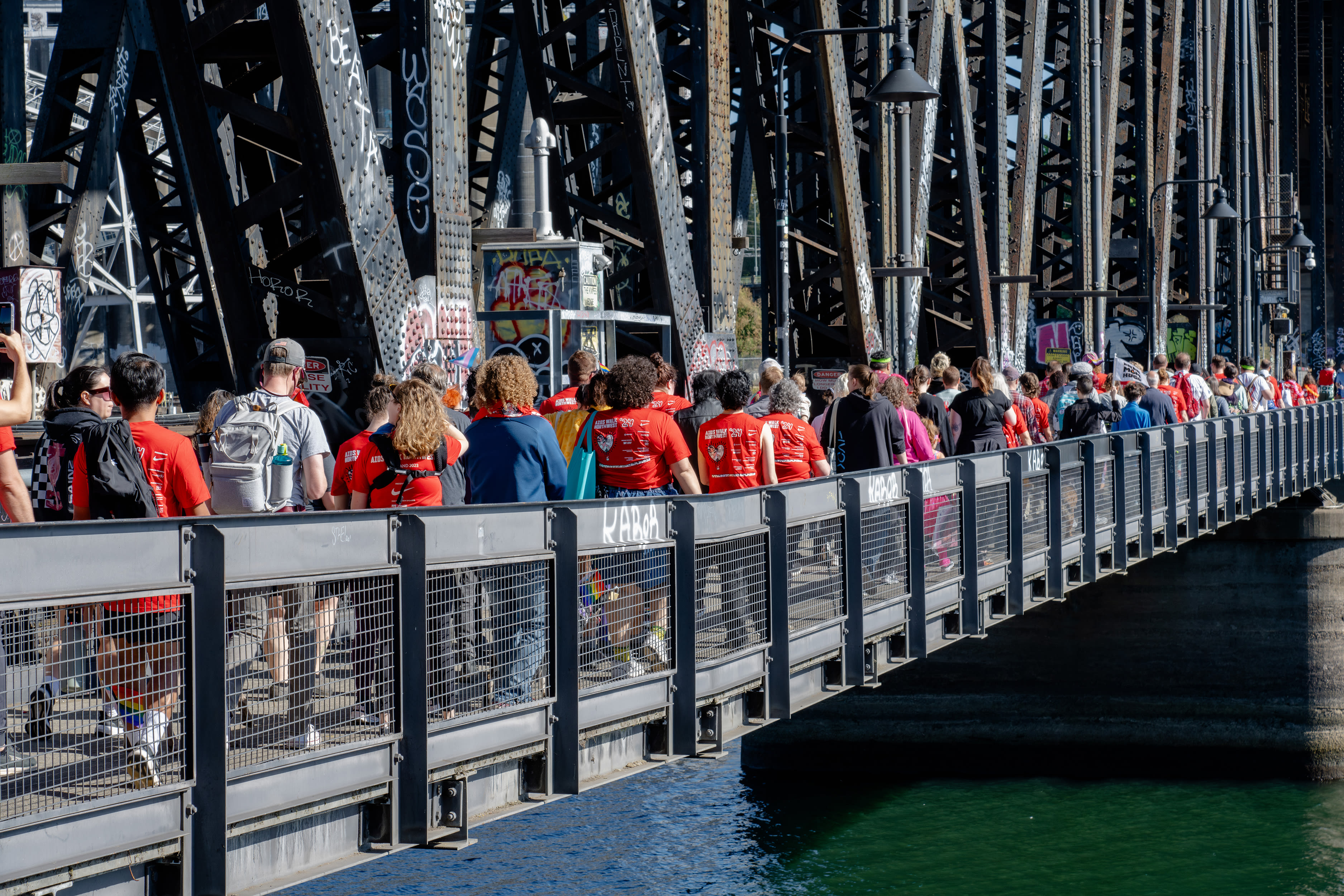OHSU Med Students Mobilize to Help the Most Vulnerable Stay Out of the ER

Four OHSU medical students, sidelined from their daily hands-on education by the outbreak, are mobilizing to try to help some of the state’s most vulnerable residents stay out of the emergency room.
Image: Brian Breneman
In the crush of news about coronavirus, it’s easy to gloss over that the daily needs that drive people to hospitals haven’t—like so much of the rest of our lives—been put on pause.
People are still having heart attacks, and breaking their legs, and overdosing, but going to the hospital right now puts them at the eye of a gathering storm of unknown duration.
So four OHSU medical students, sidelined from their daily hands-on education by the outbreak, are mobilizing to try to help some of the state’s most vulnerable residents stay out of the emergency room. It's a complicated task made harder because many of the social services agencies that serve these populations have scaled back in the face of the crisis.
The four students—Kelsey Priest, Patrick Brown, Amanda Graveson, and Rachel Lockard—join fellow medical students whose education has been interrupted, but are helping by providing childcare, grocery runs, and other services to frontline health care professionals.
(Even this situation is in flux: in New York City, epicenter of the outbreak in the U.S., medical students are graduating early in order to immediately begin work on combating the virus. Meanwhile, in Oregon, former doctors and nurses are being asked to return to work to help shore up the state’s ranks of physicians.)
The students, all of whom are studying substance use disorders and share an interest in public health, began by reaching out to Portland-area nonprofits who work with those who struggle with substance use, which often overlaps with the housing insecure. Their aim was to create a database of where substance use disorder patients being released from the hospital could still go to receive help, without which they might immediately return to use and land right back in the hospital.
“Things were closing,” Lockard says. “Organizations were reducing shelter beds by a third. Substance use organizations were limited in what they could do.”
Organizations began flooding the students with requests—for the protective medical gear that’s in such short supply around the country, but also for video-equipped tablets and phones for use in telemedicine, so people in withdrawal can get a prescription for opioid-based therapies like buprenorphine without having to see a doctor in person—or just so clients can communicate with nonprofit staff and caregivers. Other organizations asked for food donations and grocery gift cards; they are setting up crowd-funding links, and applying for grants to try to meet the needs.
Their efforts to canvass social service agencies have turned up other non-intuitive needs, like tents for the houseless, who can’t find space in a shelter, but still need to maintain social distancing, and rain canopies for organizations like Portland People's Outreach Project that are still distributing clean syringes and other harm reduction supplies and need to keep people from crowding together under one space.
The database they started has grown to 27 pages, with organizations from across the state weighing in. The students have put up a website at orsudresources.org and are updating it daily.
“For me, it continues to affirm the future work I want to do, to be a bridge builder, to improve systems and affect change in a system that doesn’t serve people who are marginalized,” Priest says. “Doing this work with other people that care deeply–it is special.”




